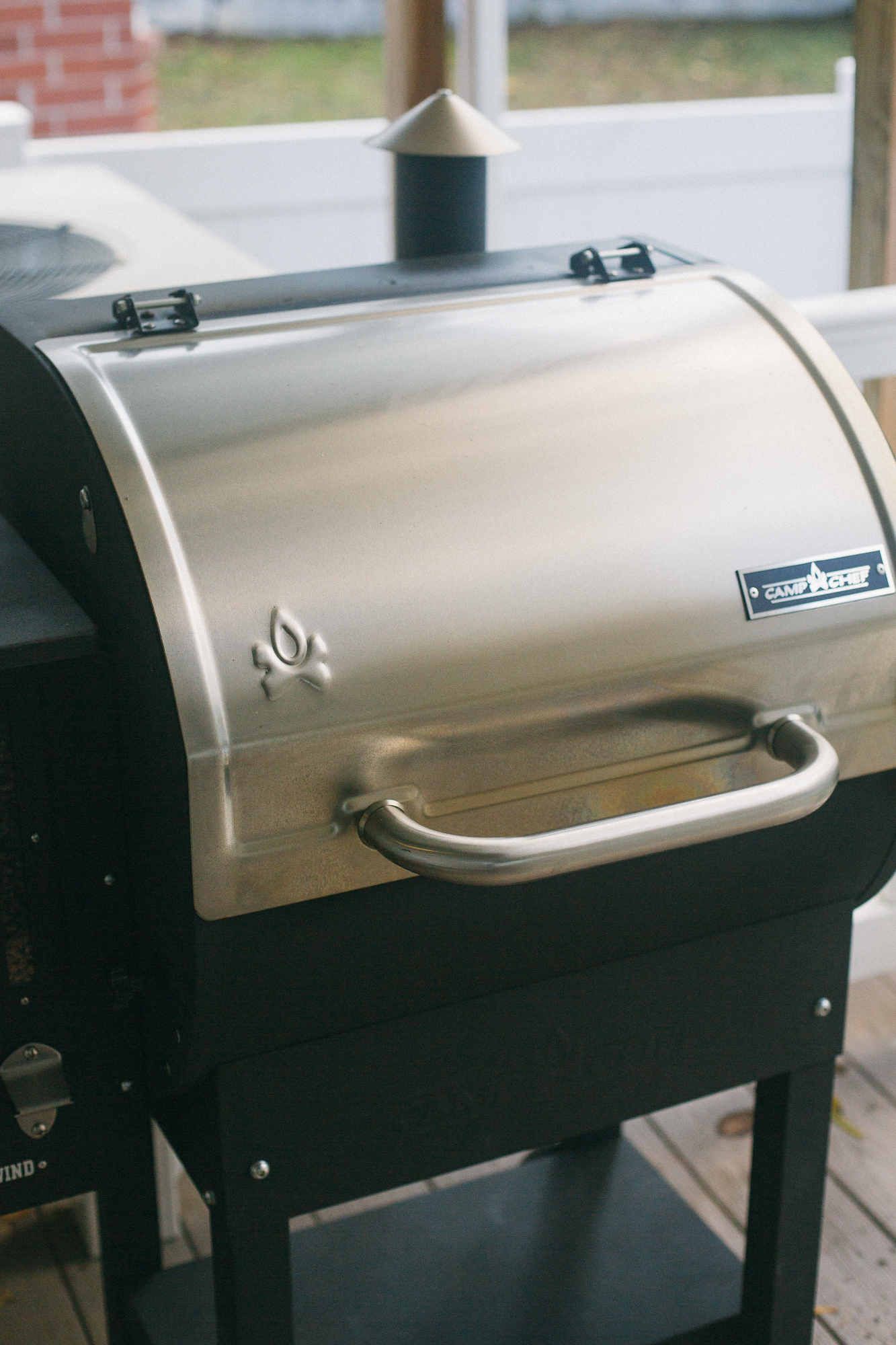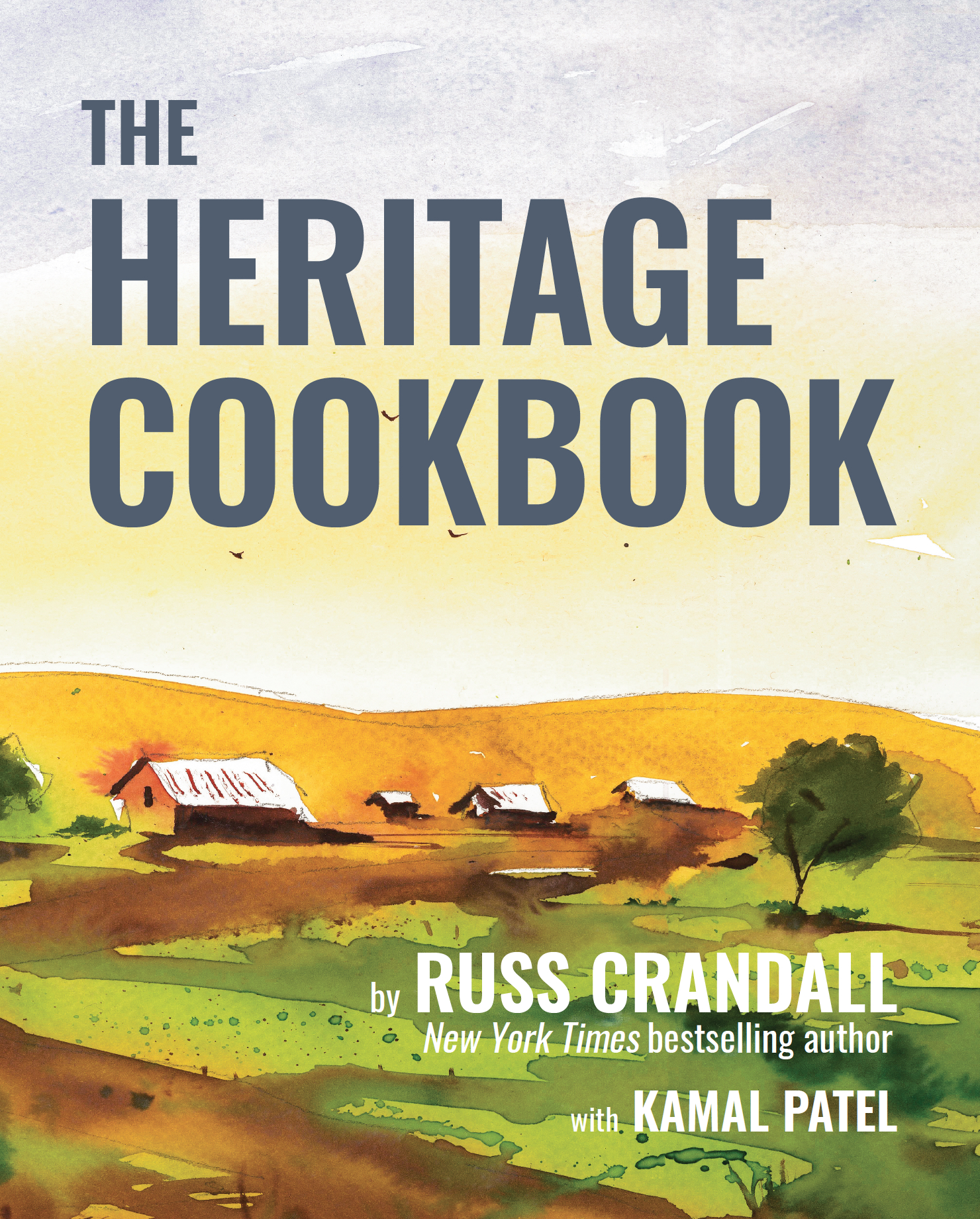
Hi everyone, it’s been a couple years since my last blog post. In this time I’ve often meant to come back to The Domestic Man. There were 100+ completed and photographed recipes that never made it into the final version of my last cookbook (The Heritage Cookbook), and I always planned on trickling out both the rejected and 300+ published dishes here on the website eventually.
But things are different now. We moved back to Hawaii in late 2019, right after releasing The Heritage Cookbook. The process of creating that book took a lot out of me. I spent years working at a breakneck pace to deliver the manuscript to my publisher, only to find that they were no longer interested in publishing it in the manner we had agreed upon. After a year of revisions and rejections, I decided to self-publish instead, to maintain the vision that motivated me to write this very personal tome in the first place. I’m supremely proud of the final product, especially those few physical copies that made it to print, but I think a part of me always knew that it would be my last cookbook.
So when we returned to Hawaii, it was time for a clean break. I gifted away all of my photography equipment before moving, and logged off my social media accounts. Soon after, the pandemic hit, and like with most others I found myself with a lot of calendar space. If ever there was a time to fall back in love with food blogging, that would have been it. Instead, I published an old recipe or two, baked a lot of sourdough, recorded some music, and started on a novel (which is still in the works, but far from ready).
At some point I stopped being so productive with my time, and fell into a rut of catching up on movies and video games. As one does. From that period I emerged with a new passion, to play my favorite classic games but on modern equipment. And it turns out there weren’t a lot of good tutorials on the subject out there, so I took up the challenge. After all, writing tech guides is very similar to writing recipes. I started a new website, which eventually led to a YouTube channel, and here I am a couple years later doing this as my full-time job (I retired from the military earlier this year, what a wild ride that was). I’m enjoying the experience immensely.
Really, the point of this post here is to come to terms with the fact that I’m likely not coming back to The Domestic Man. I am very thankful for my experience with this website, and the friendships I made along the way. Ironically, I created The Domestic Man in 2010 as a distraction when my old gaming blog had ran its own course; it’s now time to admit that I’m fully back in my roots with this new project, and it leaves me with little room to also maintain this food blog.
I’ll keep the lights on here for the foreseeable future, so you’ll be able to access all your favorite recipes for years to come. And who knows, maybe I’ll get the itch again and post some dishes from time to time. In the meantime, feel free to drop a line and let me know how you are doing.
Take care,
Russ




















